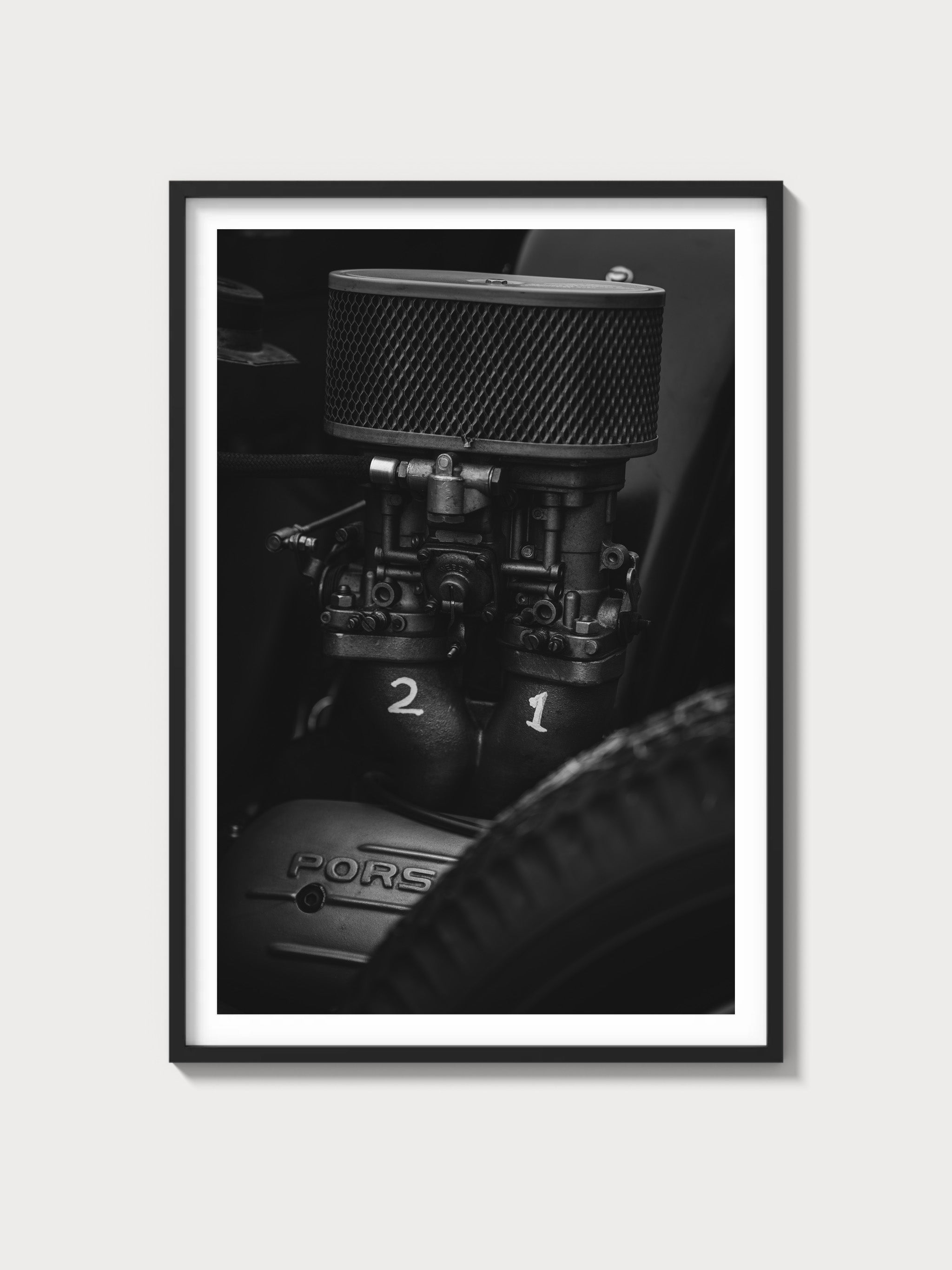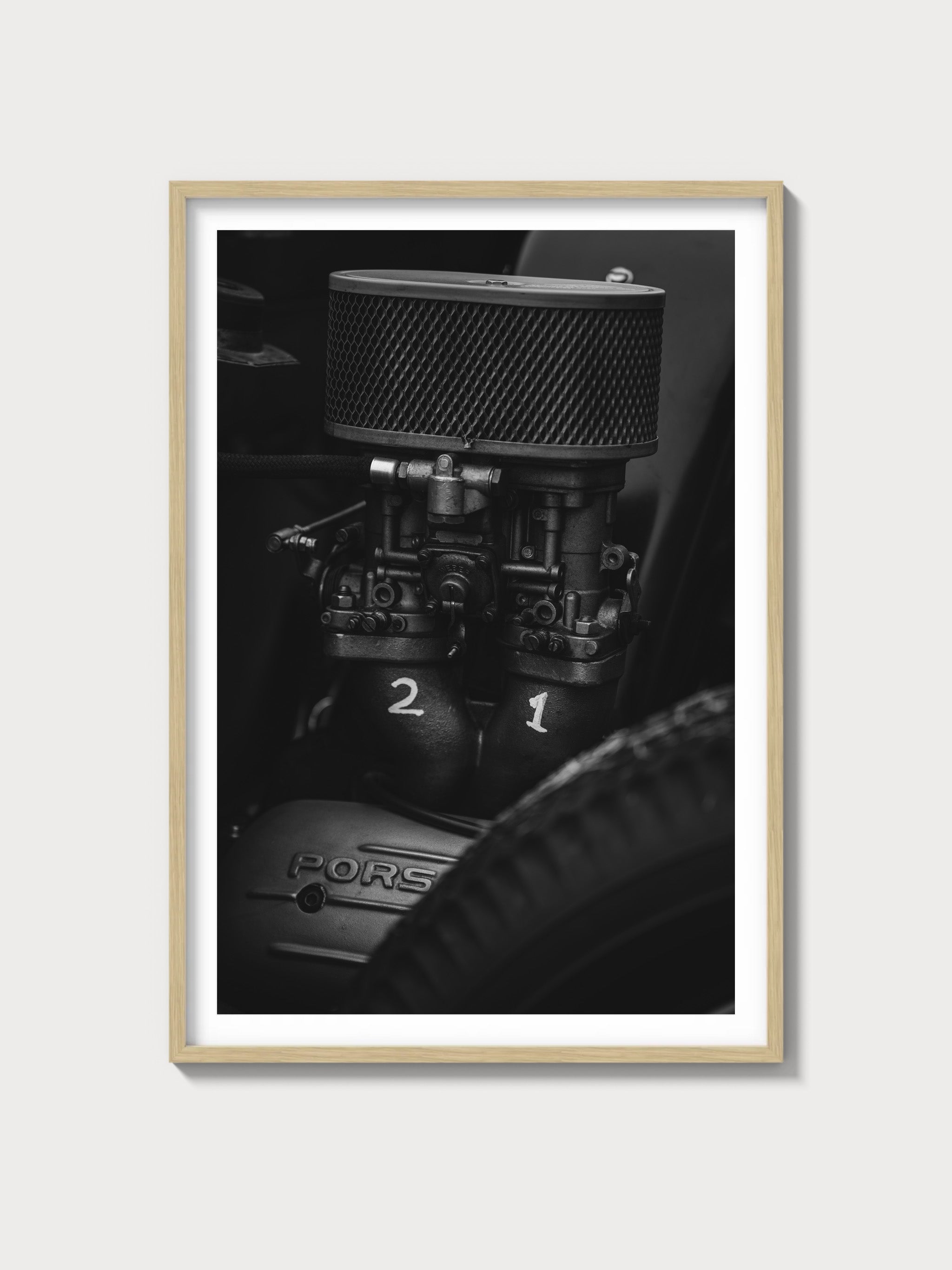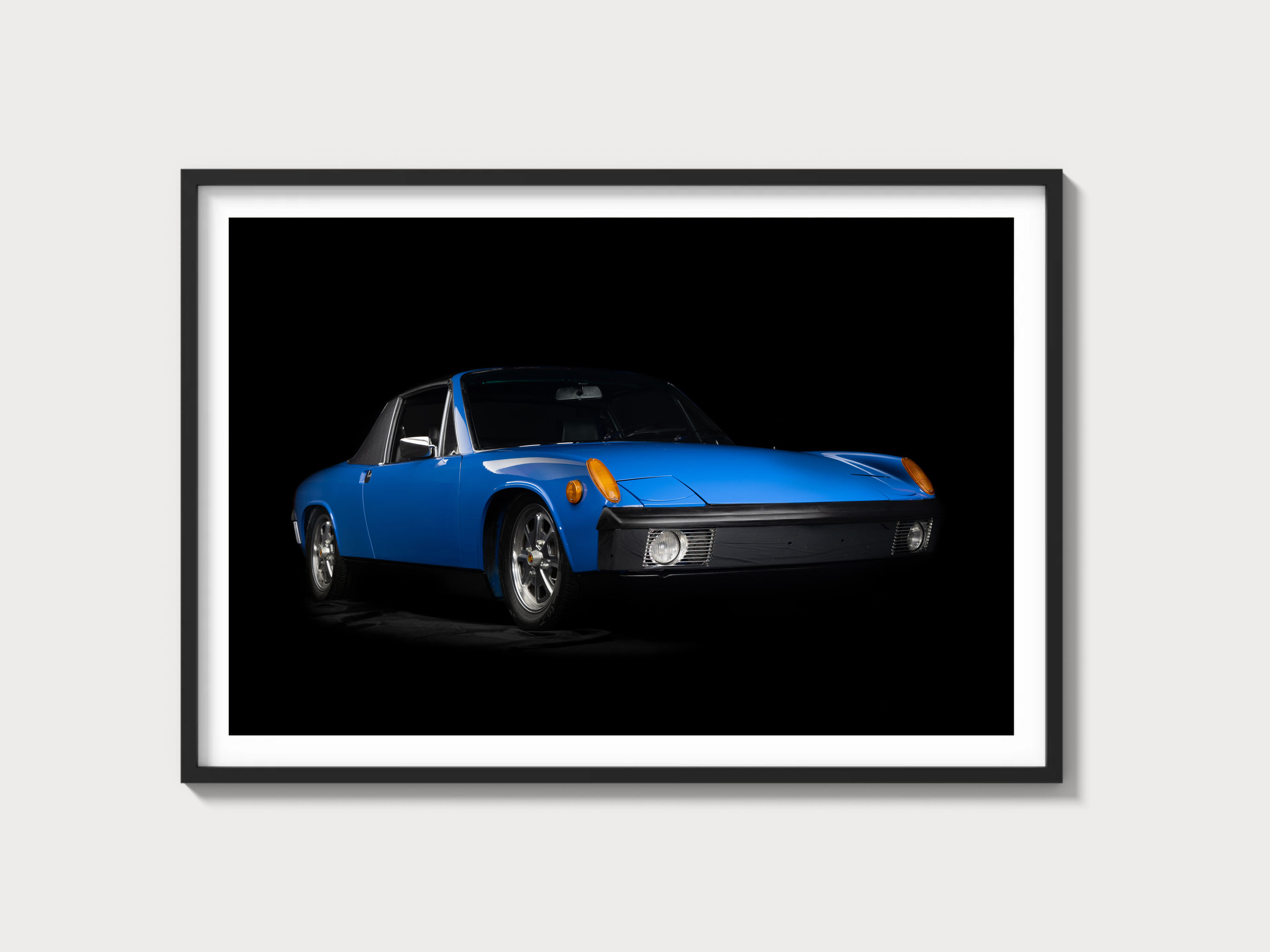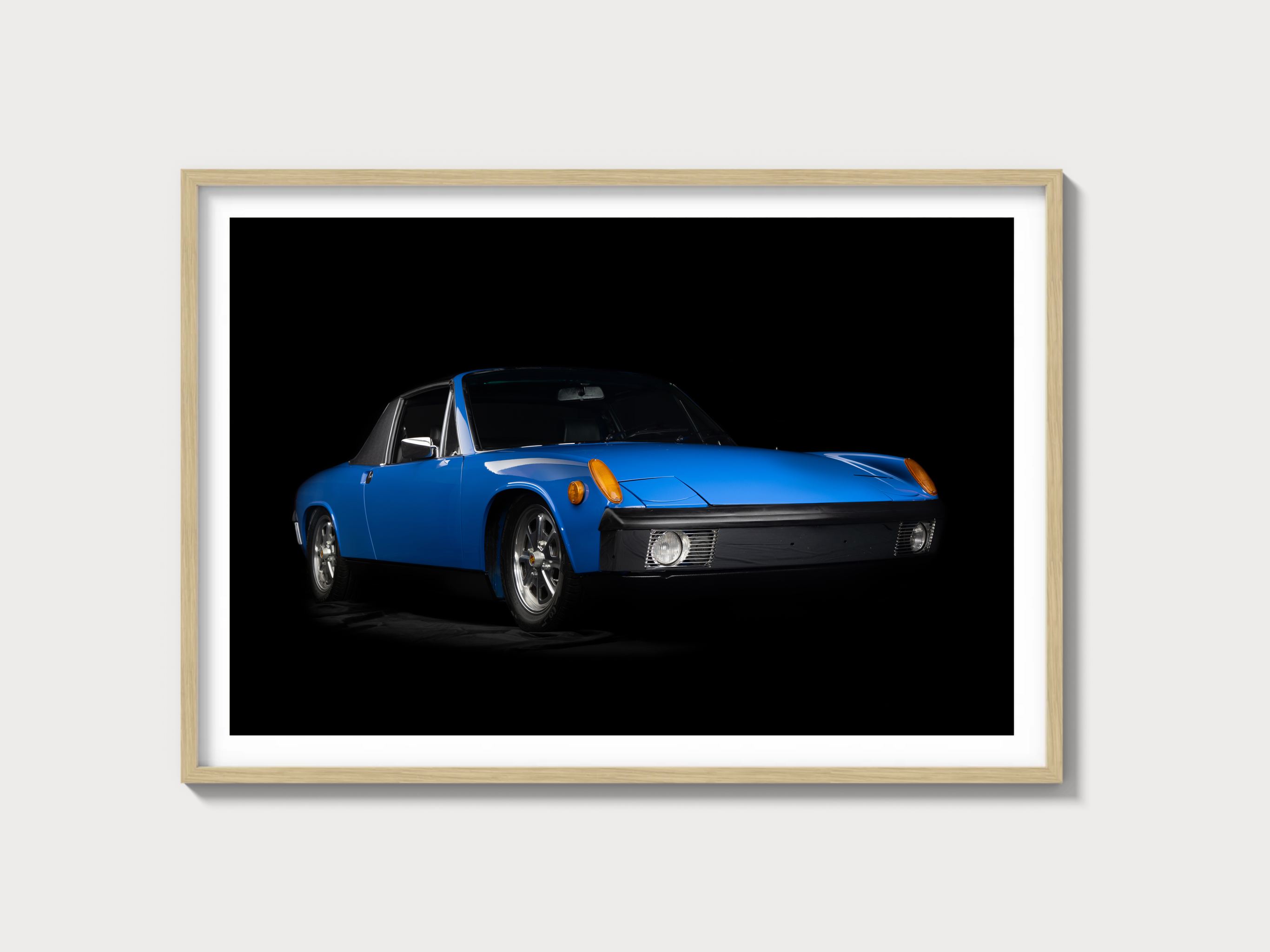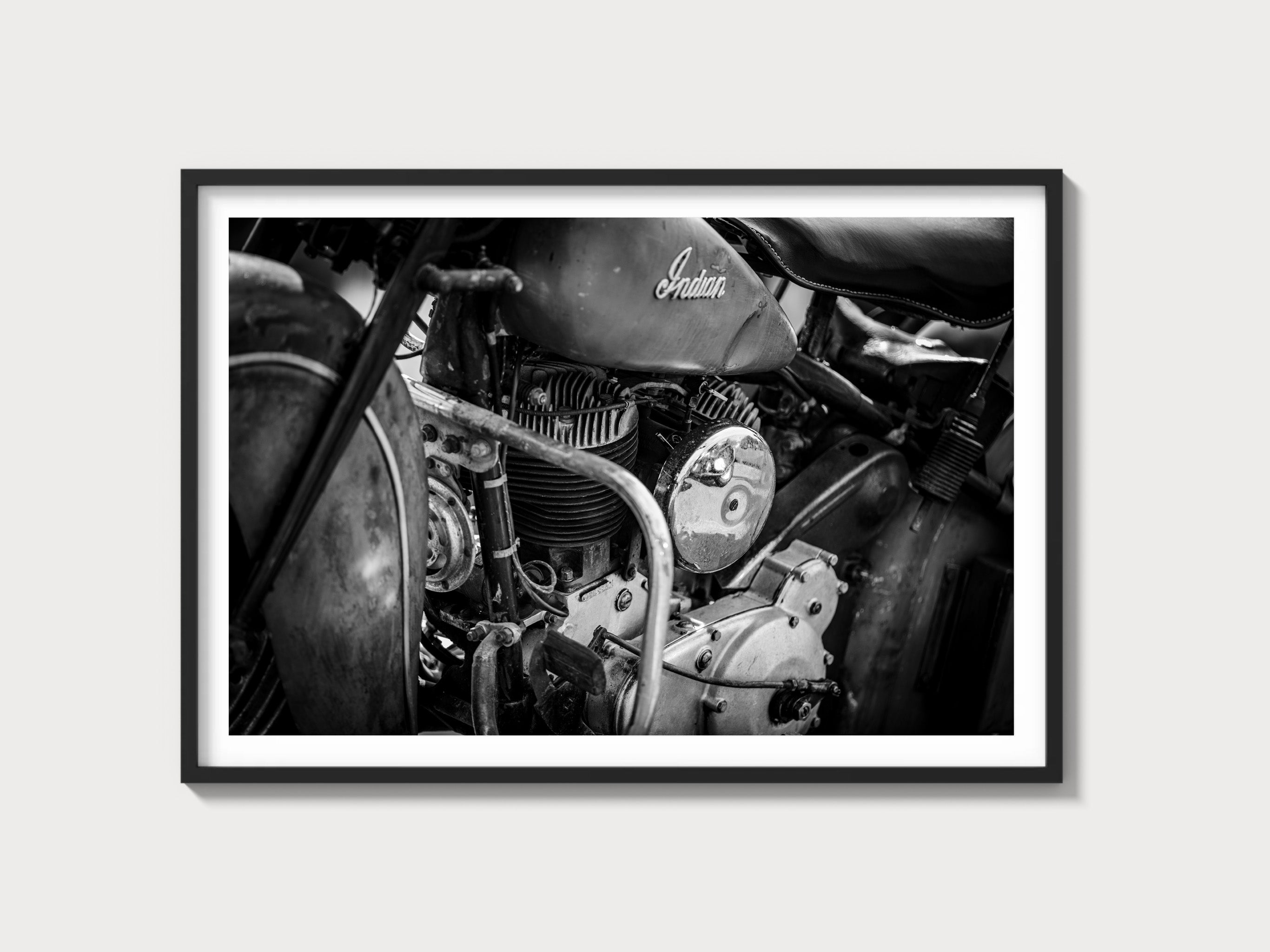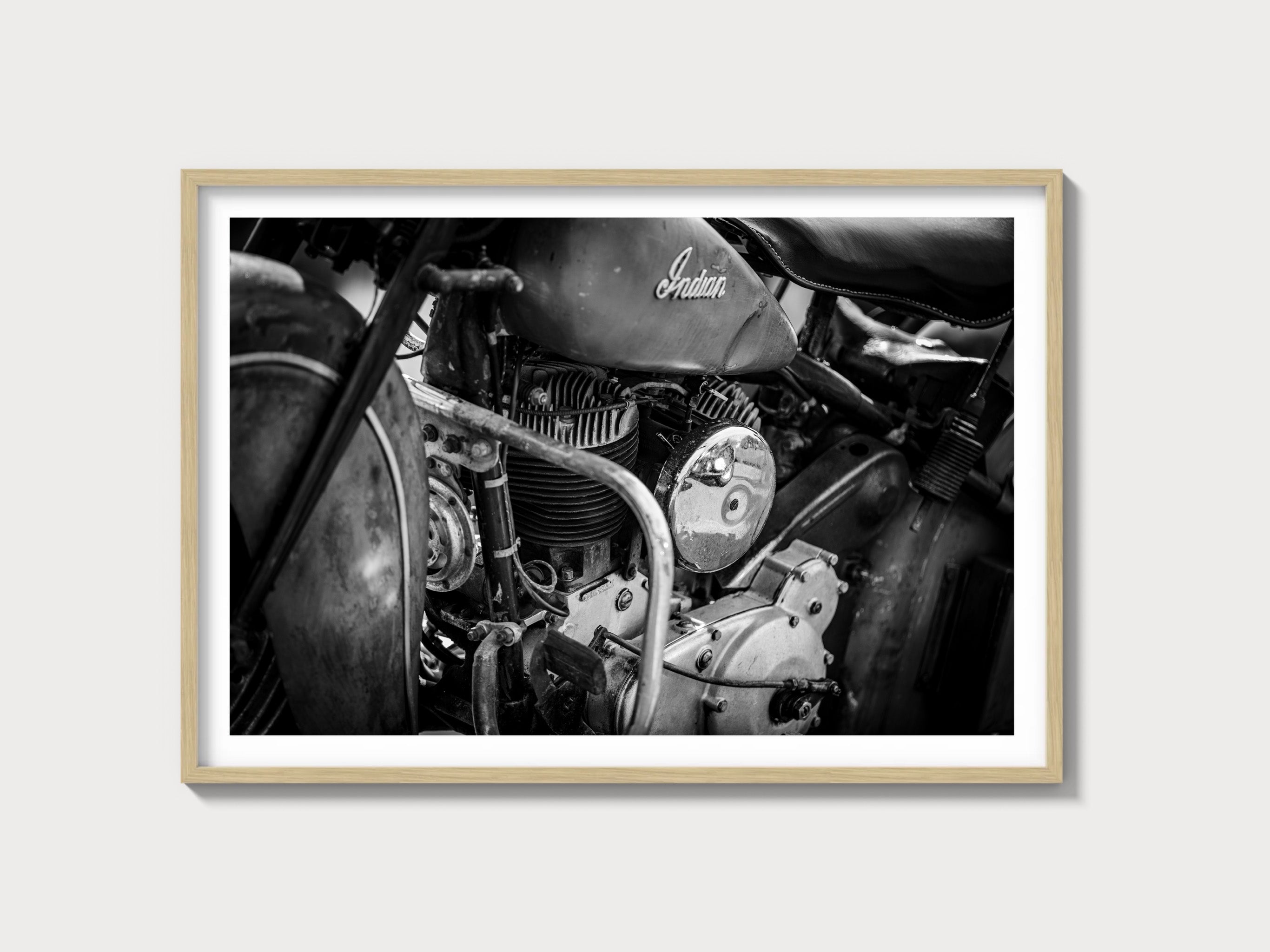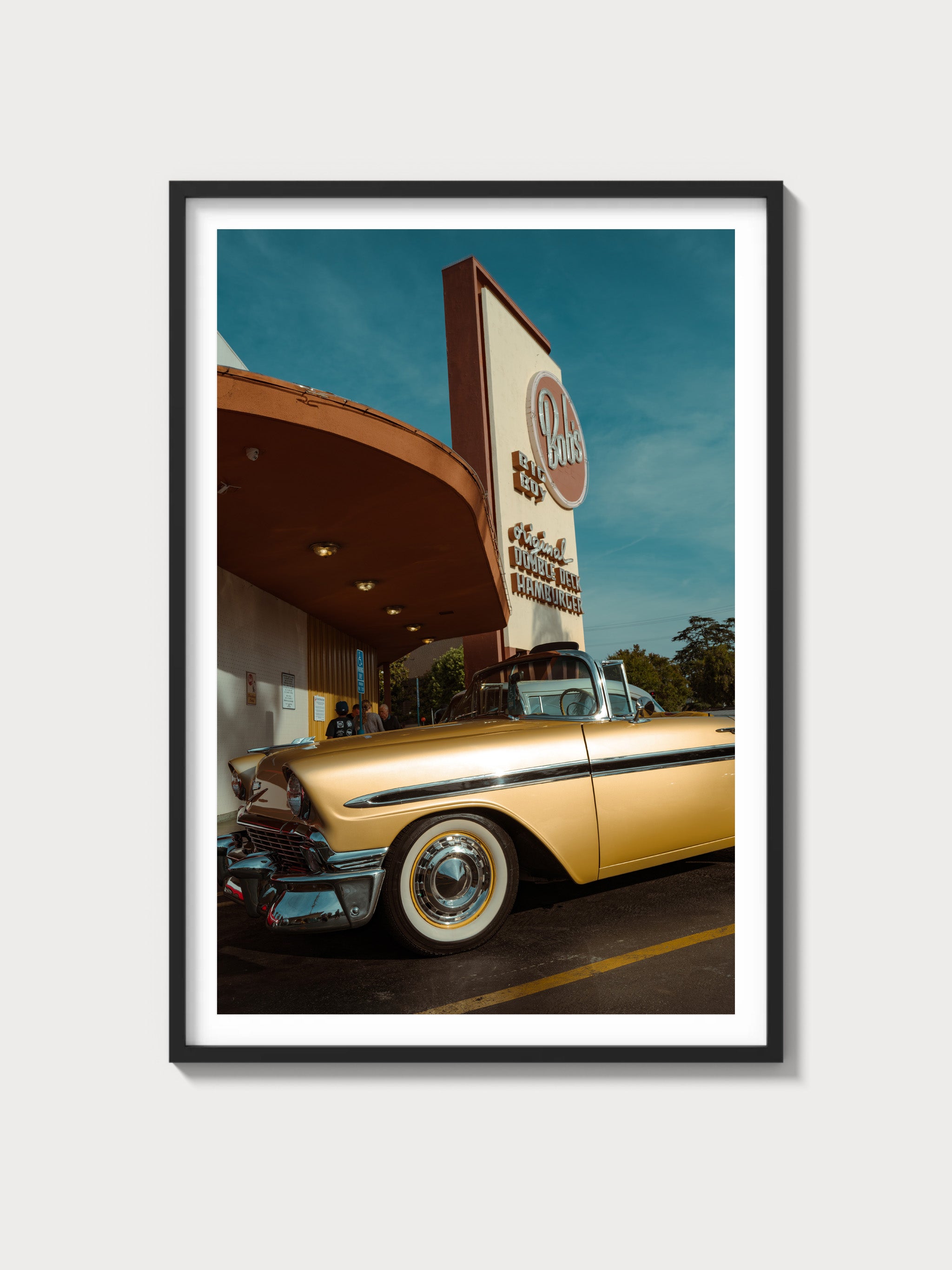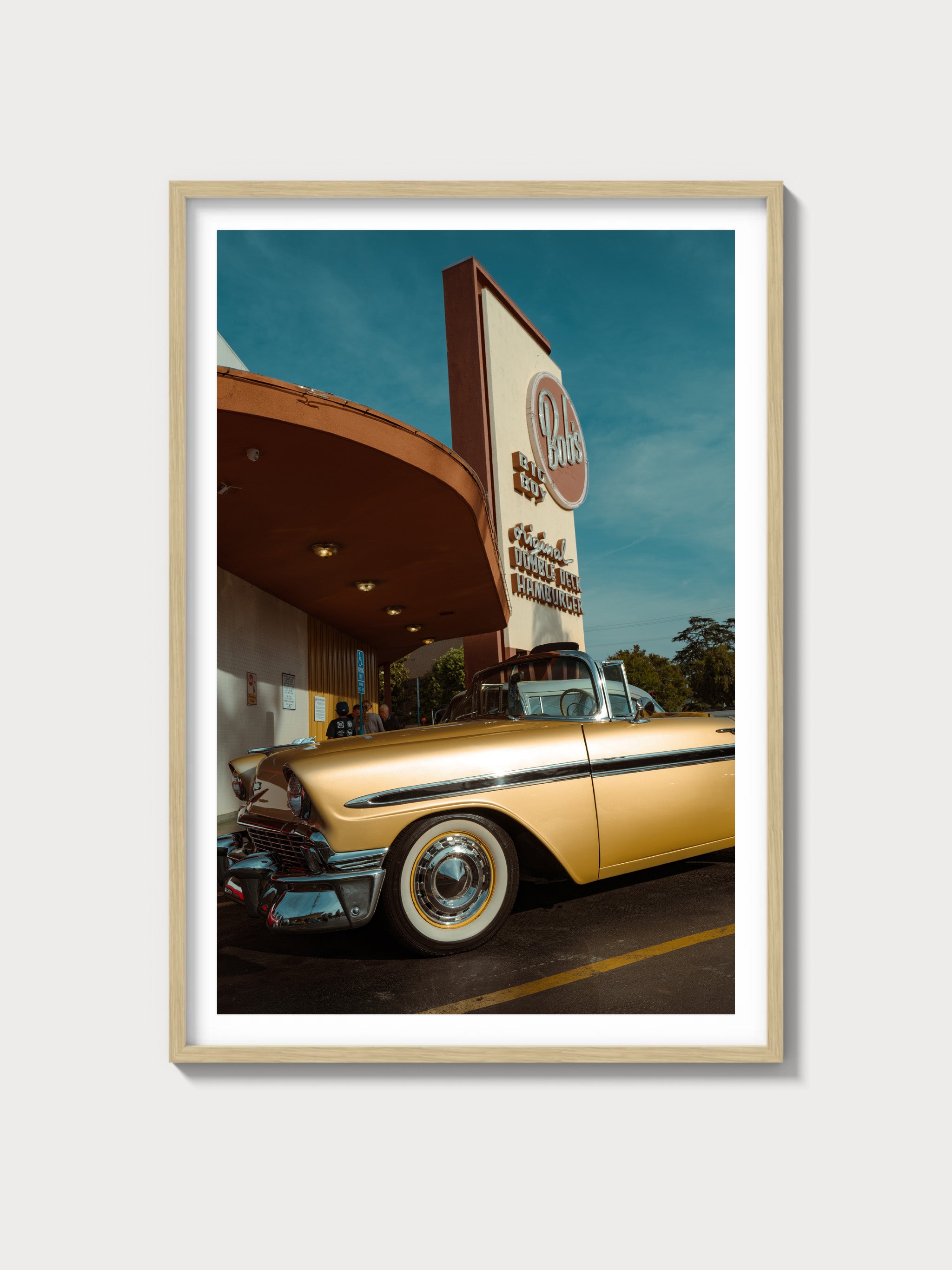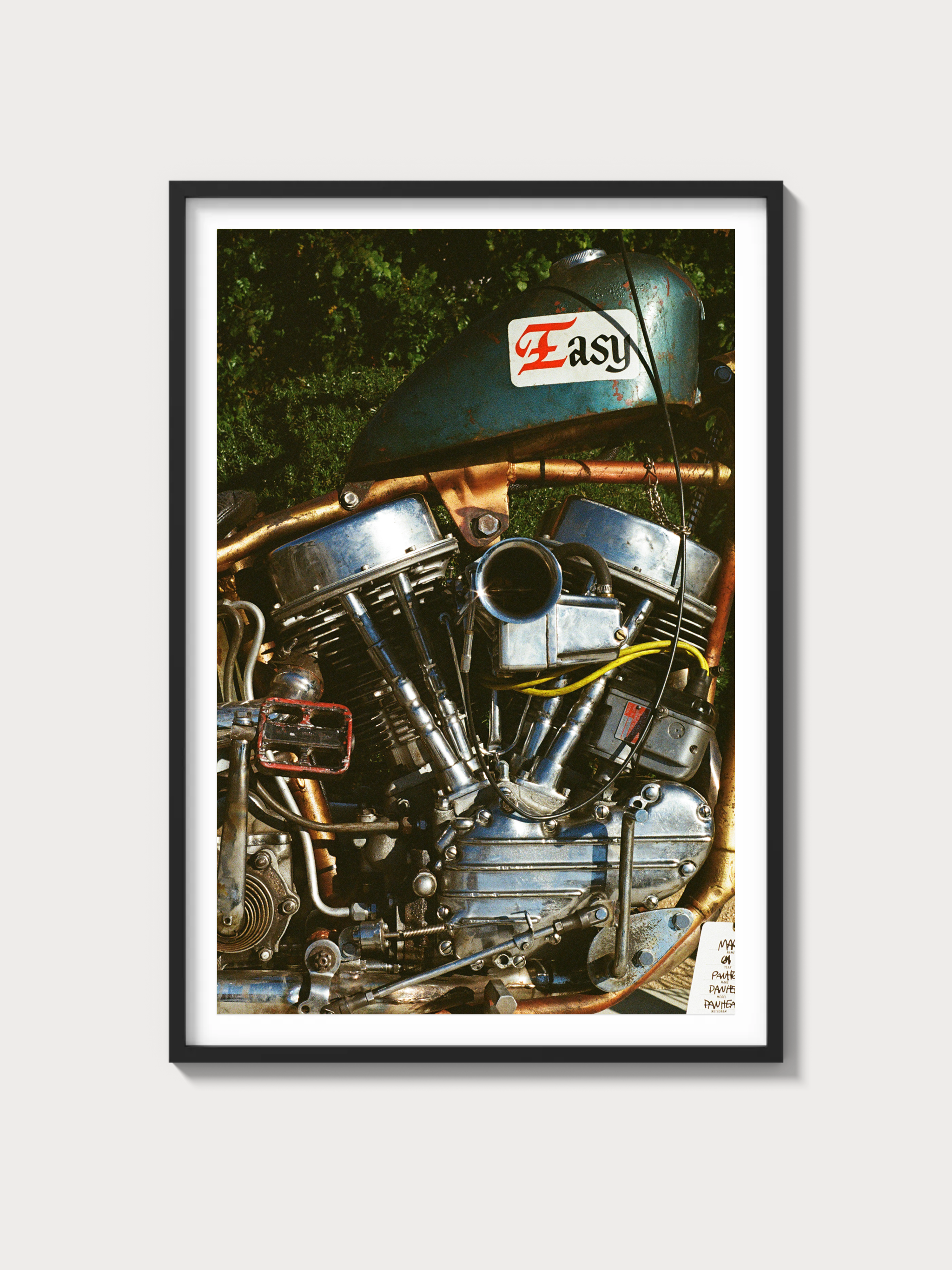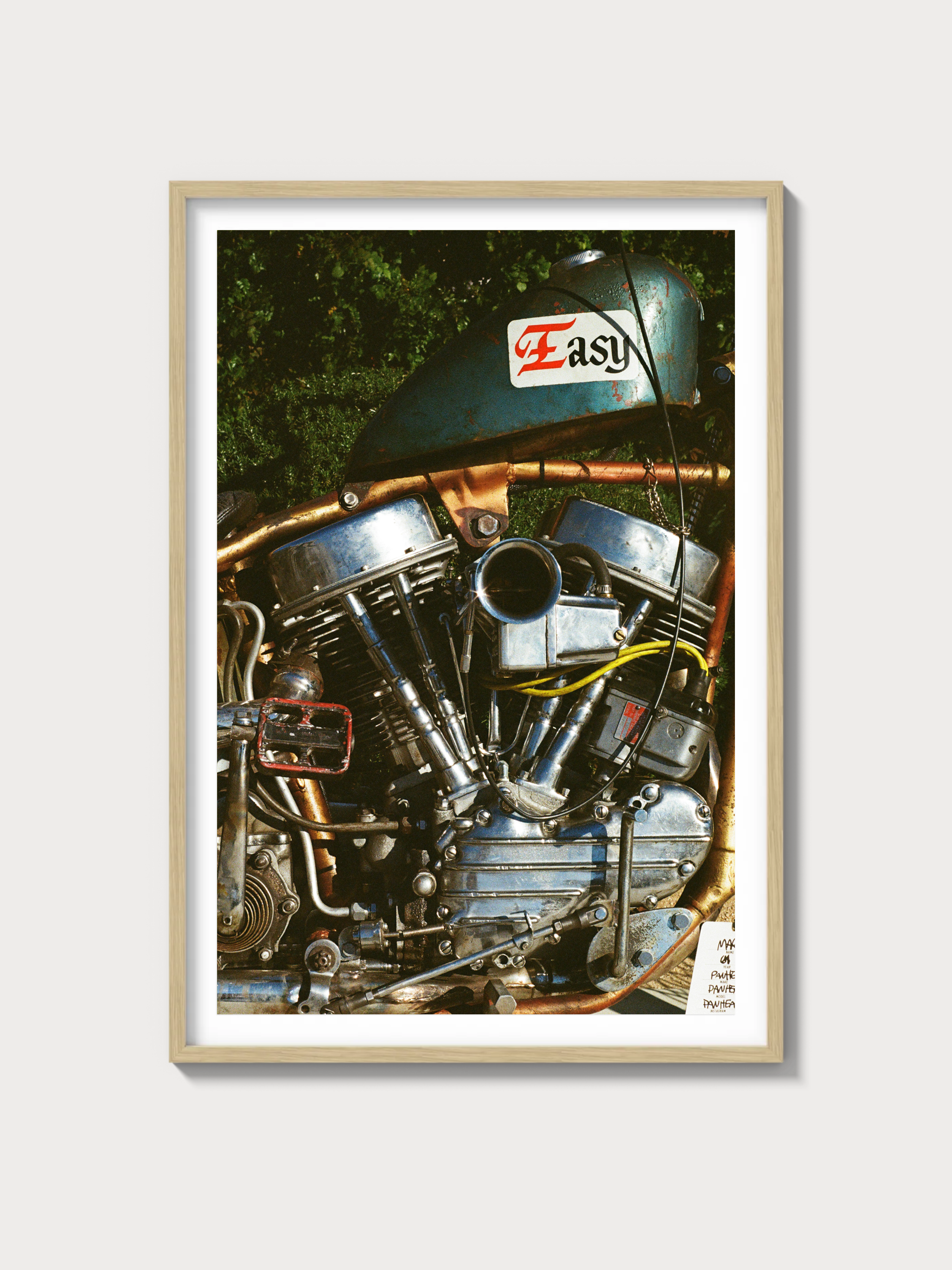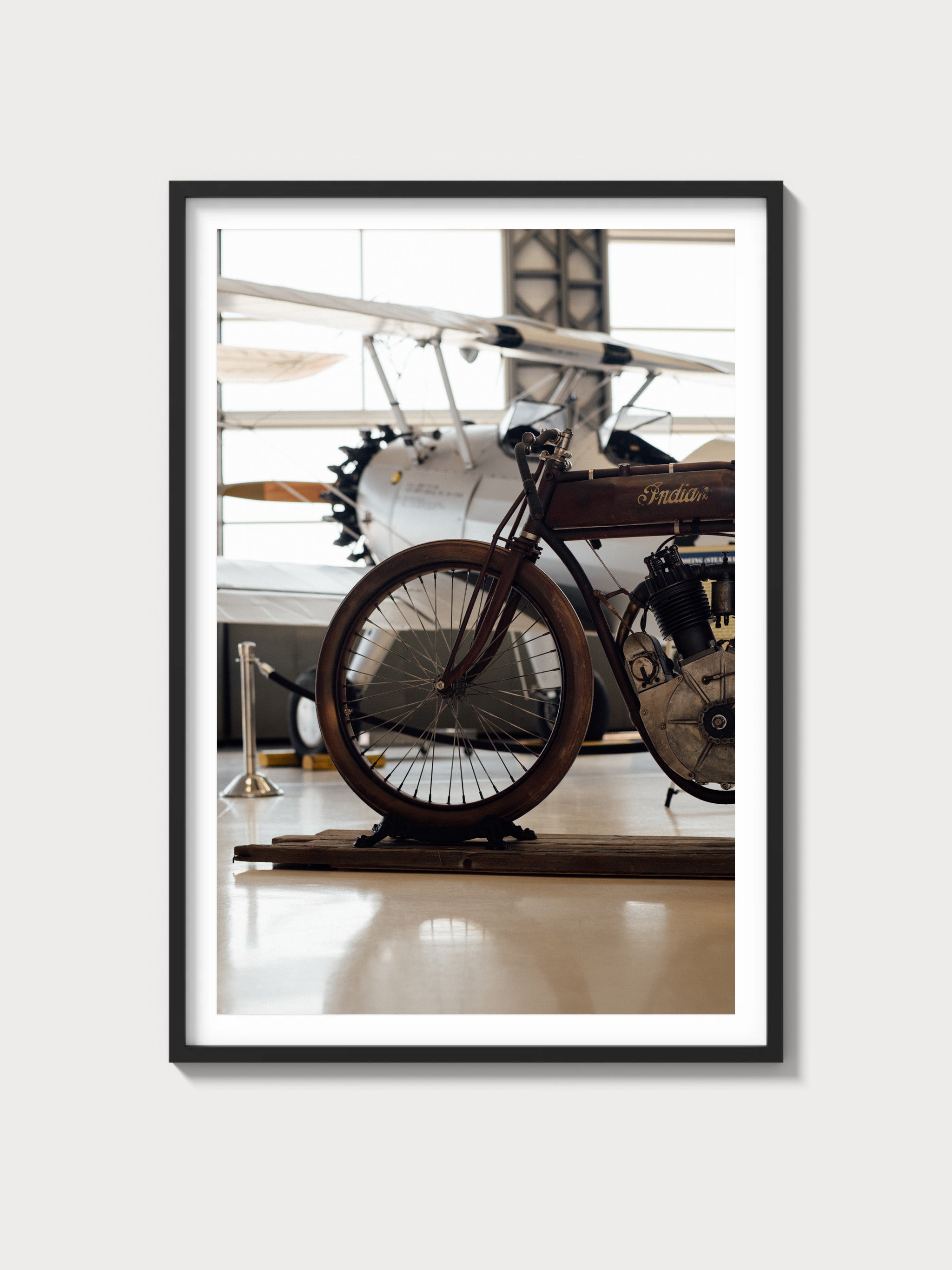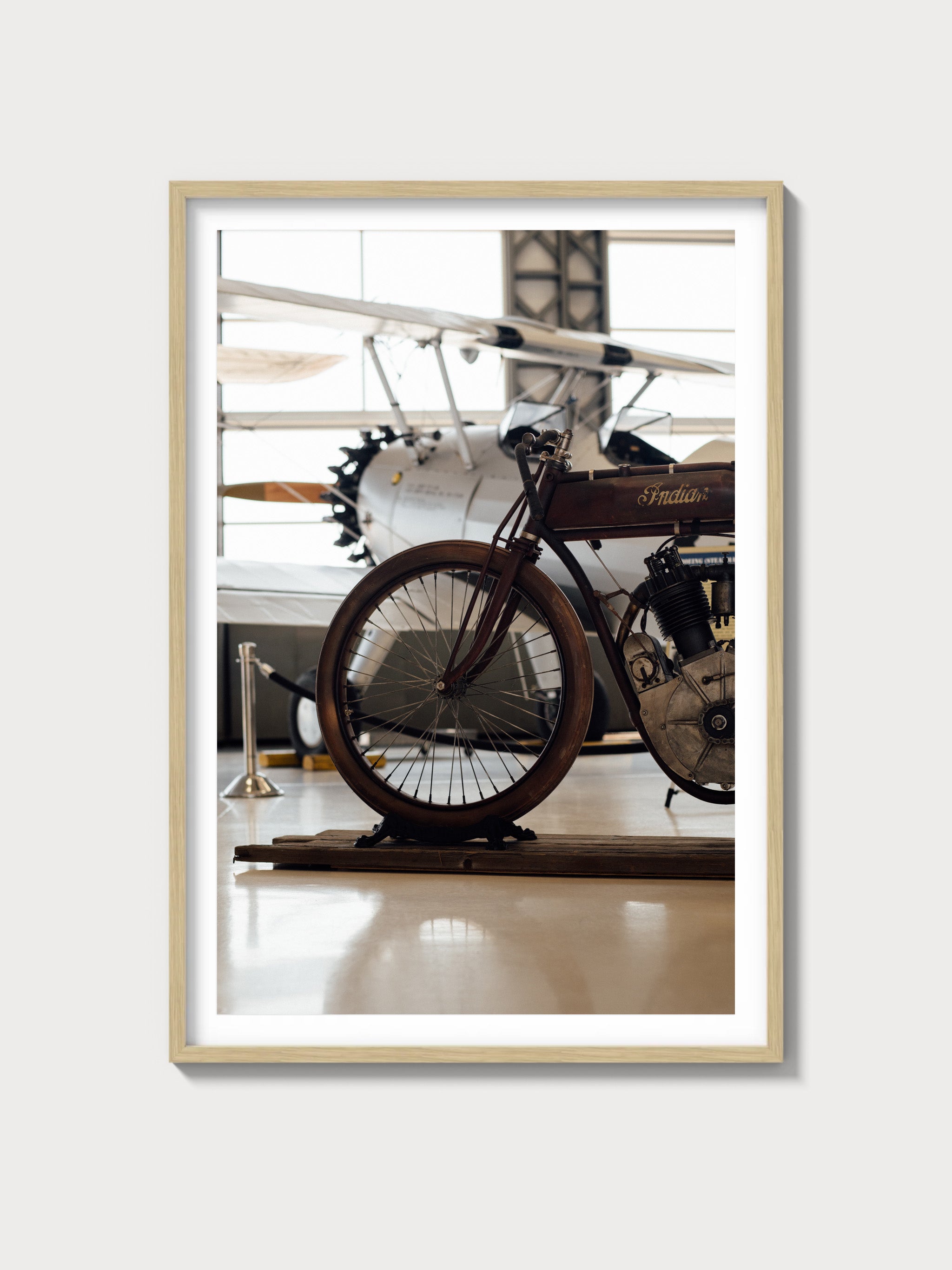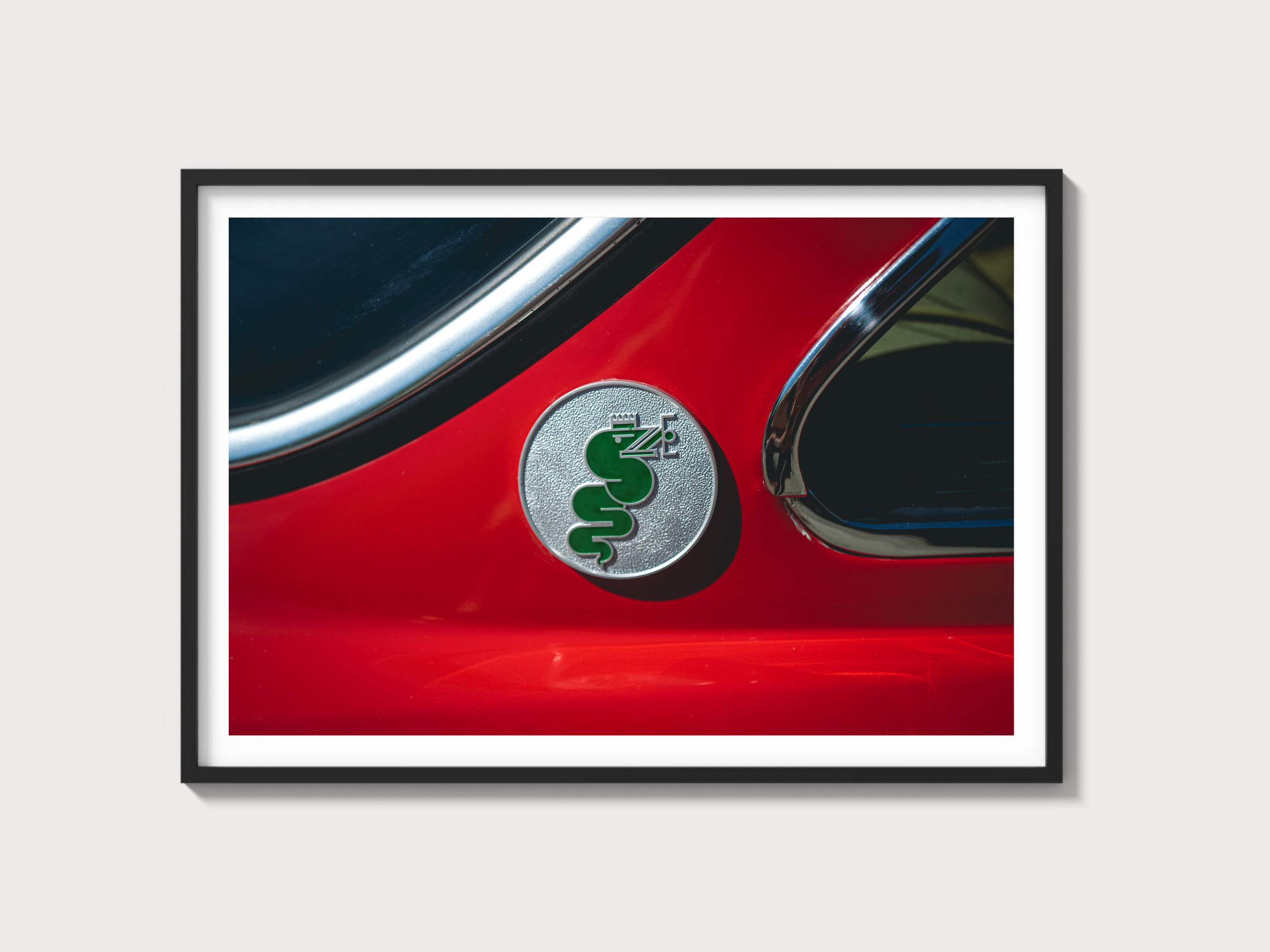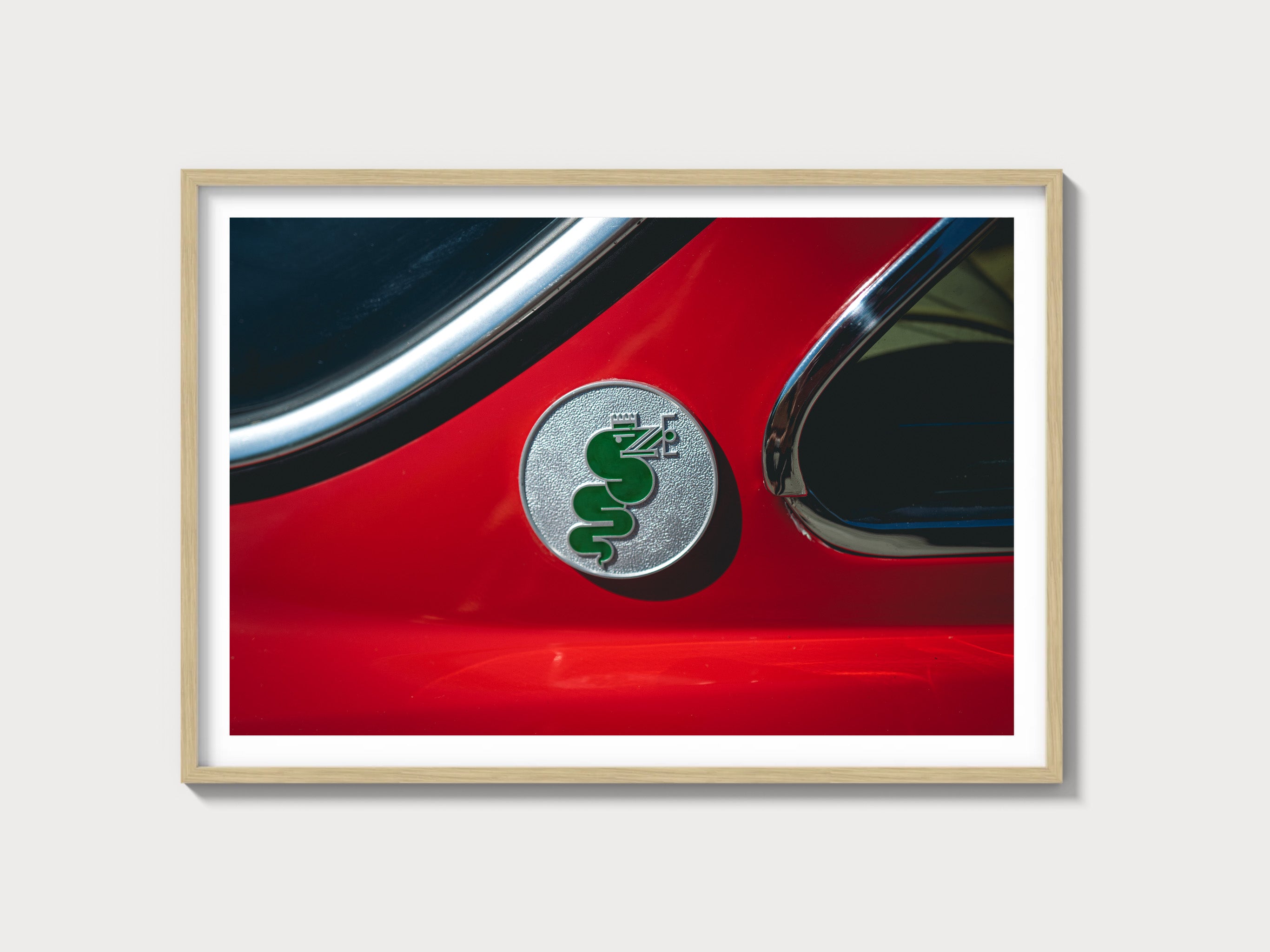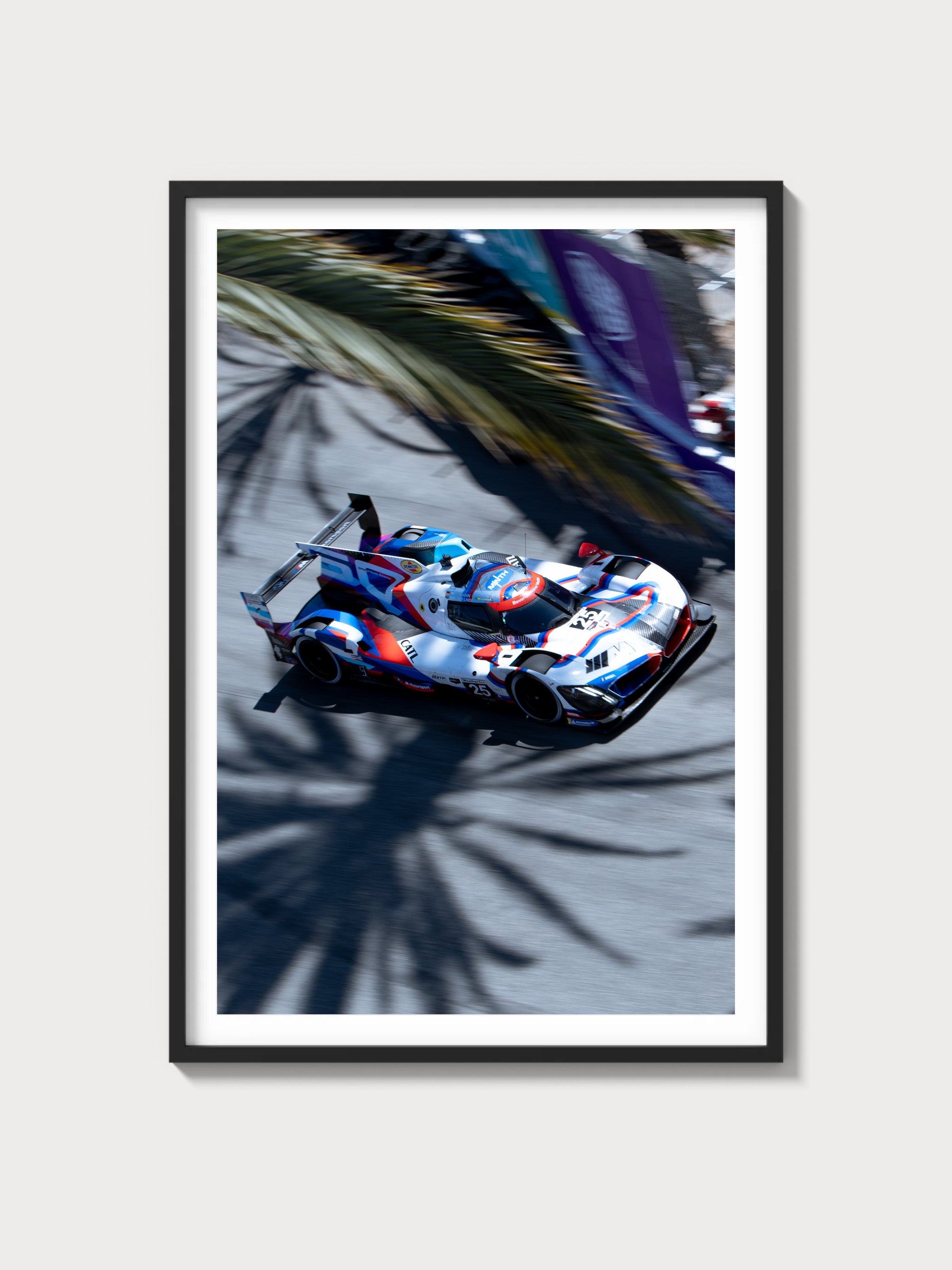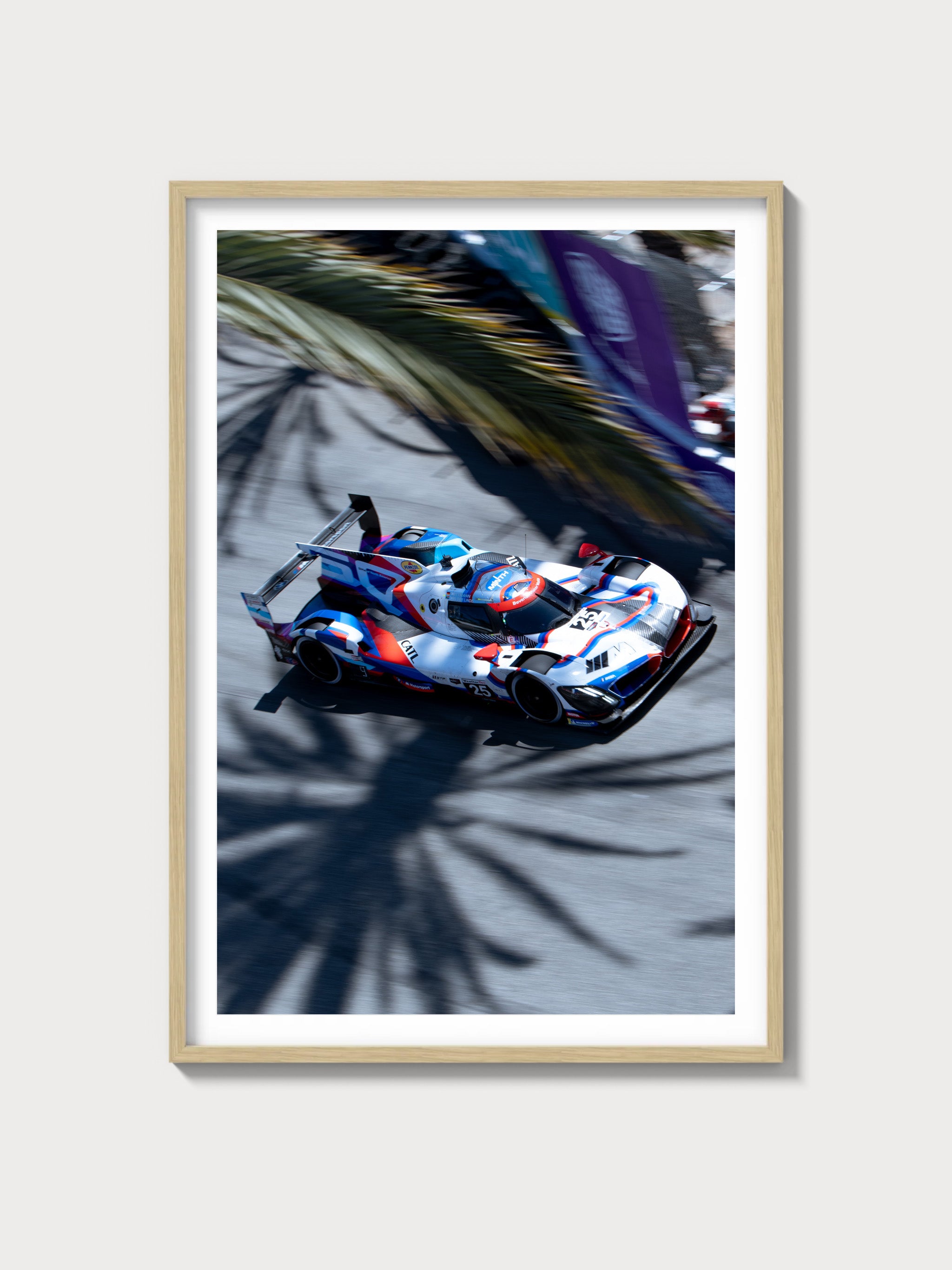1993–1994 Ford Explorer Sport: A Comprehensive Review
Historical Context and Development
As the SUV market was burgeoning in the early 1990s, Ford strategically introduced the Explorer Sport to capture consumers desiring a more compact yet rugged vehicle. The Explorer, initially launched in 1990 to compete against the likes of the Jeep Cherokee and Chevrolet Blazer, quickly became a staple in the SUV segment. The 1993 and 1994 models continued the success story by offering improved features and maintaining the robust build quality synonymous with Ford.
Engine and Technical Specifications
| Specification | Detail |
|---|---|
| Engine Configuration | OHV V6 |
| Displacement | 4.0 liters |
| Horsepower | 160 hp |
| Induction Type | Naturally aspirated |
| Redline | 4800 RPM |
| Fuel System | Electronic Fuel Injection |
| Compression Ratio | 9.0:1 |
| Bore/Stroke | 100.0 mm x 84.0 mm |
Driving Experience and Handling Dynamics
The Explorer Sport's driving dynamics were a blend of ruggedness and relative comfort. The suspension, comprising front coil springs and a rear leaf spring setup, was tuned to absorb off-road undulations while maintaining stability on paved roads. Its 5-speed manual gearbox offered a more engaging drive, complementing the torquey V6 engine. However, throttle response was more about smoothness than immediacy, typical of the era's SUVs.
Full Performance Specifications
| Performance Metric | Specification |
|---|---|
| 0-60 mph | 9.4 seconds |
| Top Speed | 112 mph |
| Quarter Mile | 17.2 seconds |
| Weight | 4000 lbs |
| Layout | RWD/4WD |
| Brakes | Front disc/rear drum |
| Suspension | Front: Twin I-Beam, Rear: Leaf Springs |
| Gearbox Type | 5-speed manual/4-speed automatic |
Variant Breakdown
- Base Model: Standard features with manual transmission, cloth interior, and steel wheels. Approximately 70,000 units produced.
- XLT: Upgraded interior with power features and alloy wheels. Around 50,000 units sold.
- Eddie Bauer Edition: Premium leather upholstery, exclusive color options, and additional badges. Limited to 5,000 units.
Ownership Notes
The Explorer Sport's maintenance is relatively straightforward, with parts still widely available due to the model's popularity. Regular service intervals every 3,000 miles for oil changes and 30,000 miles for major services ensure longevity. Restoration is uncomplicated, though sourcing original trim pieces can be challenging.
Cultural Relevance
The Explorer Sport made appearances in several 1990s TV shows and movies, emblematic of its cultural penetration. As a collectible, its desirability hinges on condition and originality, with pristine models fetching higher auction prices. Though not a racing icon, its utility and ruggedness have made it a favorite among off-road enthusiasts.
FAQs
Is the 1993–1994 Ford Explorer Sport reliable?
Generally, yes. The V6 engine is robust, but regular maintenance is crucial.
What are common problems with this model?
Transmission wear and suspension issues are common with high-mileage examples.
Has the value of the Explorer Sport appreciated?
While not skyrocketing, values for well-maintained examples have seen modest increases due to nostalgia.




